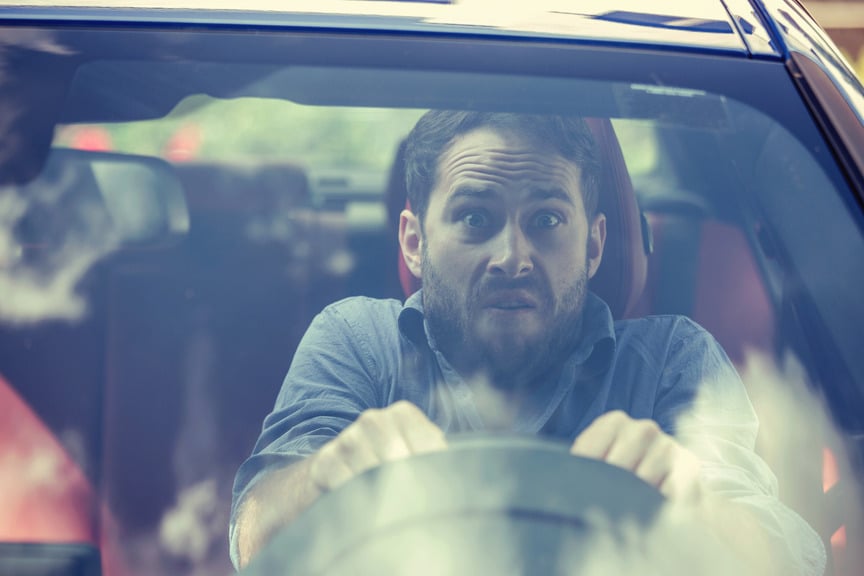Recently, the United States Consumer Product Safety Commission (CPSC) sent out a call to action urging all swimming pool owners to secure their pools with fences and encouraging parents to teach kids of all ages how to swim. The call to action was prompted by the fact that the majority of child drowning incidents occur in backyard swimming pools or in backyard spas. 
The CPSC’s advice is important to follow, but it is also important to realize that many kids drown within site and arms reach of parents or guardians. At Zbinden & Curtis, our Portland injury attorneys know that these kids lose their lives because many people do not know what drowning looks like. Recently, Oregon Live published an article explaining some of the common signs of drowning and dispelling some of the myths about how a drowning victim will act.
The Truth About Drowning Victims
Oregon Live reports that most people believe a drowning victim will shout, call for help and flail his arms around. We believe this because this is how the movies portray drowning and because most people have not actually seen a real-life drowning incident.
In reality, however, this is not what drowning looks like at all. In fact, most drowning victims are physiologically unable to shout or to cry out for help because the body will not let them talk unless or until they can breathe. When they are drowning, they cannot breathe and so they cannot speak.
Drowning people also cannot flail their arms about or wave for help because when they are drowning, their instincts will force them to extend their arms down to press on the surface of the water. If a drowning person is yelling and flailing about, he or she is not drowning but is instead experiencing “aquatic distress.” This person will need help, but can assist in his own rescue by grabbing a life jacket or a thrown ring. A person who is truly drowning typically cannot help in his rescue since instinct won’t allow the body to do so.
Instead, the body’s instinctive drowning response causes the drowning person to struggle on the water’s surface for between 20 and 60 seconds before the drowning person is submerged. The drowning person will remain upright in the water during this time and will not be kicking his feet.
The drowning person may also have his head tilted backwards with his mouth at the water level and open. His eyes may be either closed or glassy, or may be covered by his or her hair. Trying to roll over on his back; trying to swim in a particular direction but not actually moving; or moving the limbs as if trying to climb an invisible ladder are also signs of drowning.
Being aware of these signs is very important because kids can drown within just a few minutes even when being watched.
Kids are thus in danger of drowning not only if they wander into a pool unsupervised but also when parents are right there. Lives can be saved if caregivers know the signs of drowning and if swimming pool owners properly secure their pool areas to avoid a child falling in. If a swimming pool owner fails to secure his pool and a child is hurt, he could be sued by the parents for resulting injuries or wrongful death.
If you or a loved one has been injured in an accident in the Portland area, contact Zbinden & Curtis. Call (503) 287-5000 for a free case consultation.
This entry was posted on Monday, June 24th, 2013 at 9:23 pm and is filed under Personal Injury. You can follow any responses to this entry through the RSS 2.0 feed. You can leave a response, or trackback from your own site.









